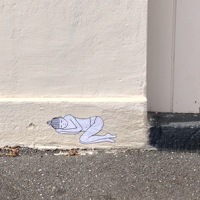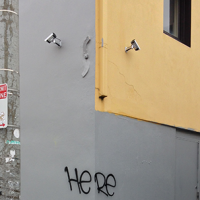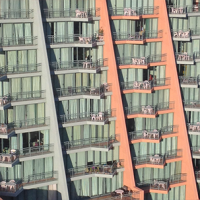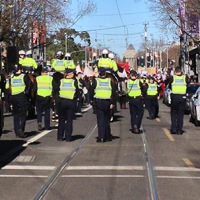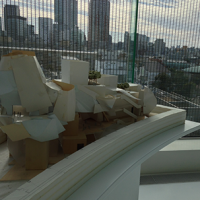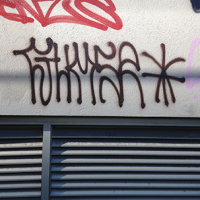Cities are made from stone and glass, concrete and brick. City streets present a succession of shapes, signs and populations. As an assemblage, the city’s built qualities are the most readily apparent, and these manifest both as tangible objects and things (concrete roads, glass windows, advertising billboards, sandstone buildings) and as a kaleidoscope of images communicating the identity of the space as ‘urban’. The character of urban space depends also on experiences, memories and understandings, which might result in locations being categorized as safe, fun, noisy, peaceful or risky. Moreover, it is constituted as much through the architecture of law and policy, as through thoroughfares, buildings and bridges.
The Urban Environments Research Network was founded by Professor Alison Young at the University of Melbourne and brings together researchers and practitioners interested in how law, architecture and experience shape contemporary urban space.
Our research engages with contemporary dilemmas in law, criminology, art, geography, architecture and urban planning, around issues of social decline, gentrification, ‘touristification’, neo-bohemia, hybrid spaces, privatisation of public space, securitization of urban environments, ‘precinctization’, and adaptive uses of space such as skateboarding, graffiti and street art.
We invite you to explore this site, where you can find details about our network, past and present projects, publications and upcoming events.




